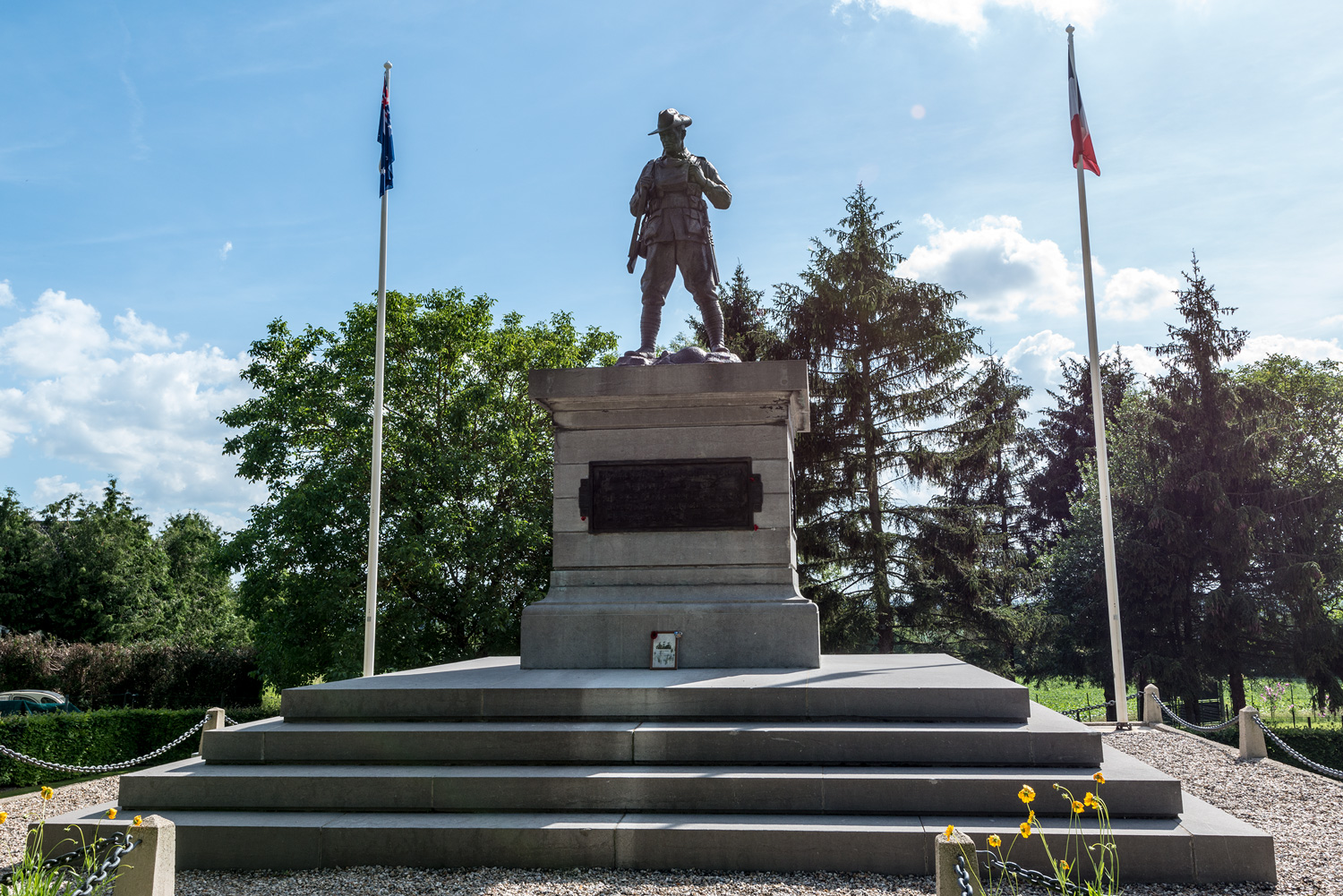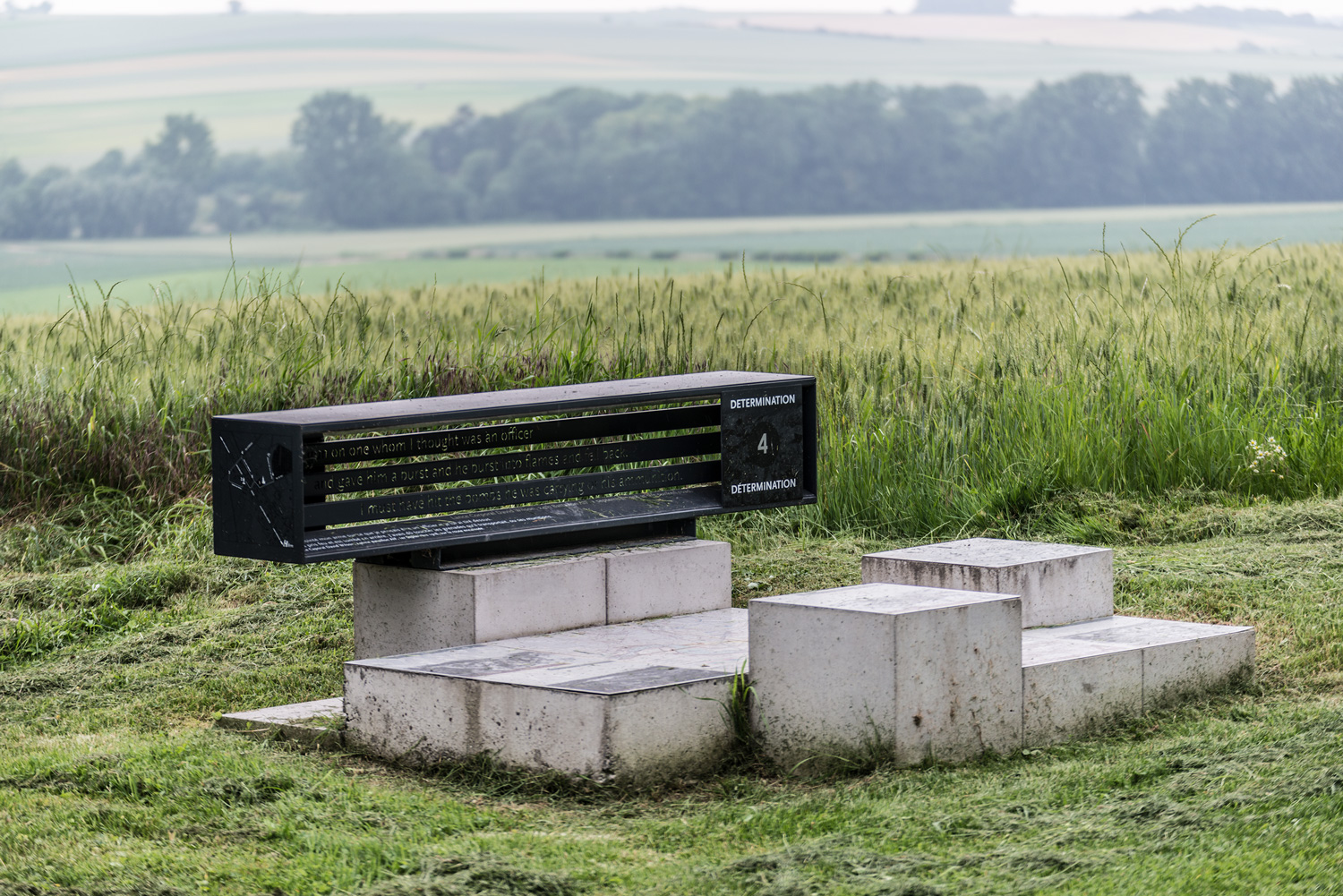Battlefields and memorial routes
Riven in two and profoundly scarred by the First World War, between July and November 1916 the Somme was the scene of the most bloody battle fought on the Western Front, which cost the lives of an estimated 1.2 million men (including 440,000 who died on the battlefield).
Unlike the Franco-German duel that was Verdun (February-December 1916), the Battle of the Somme reflected the international dimension of the war. All in all, three million soldiers from twenty different countries (including colonies of the French and British empires) took part in the fighting, along a front line which stretched for some forty-five kilometres. Right up until the final engagements of 1918, this international dimension was typical of the Somme.
Following the devastation of the Great War, a new wave of funerary monuments and rites sprung up, both collective and personal. Memorials, monuments and cemeteries were created to honour the millions of lives cut short by the conflict.
“Memorial tourism” and “battlefield pilgrimages” have flourished ever since. Every year, hundreds of thousands of visitors discover the battlefields of the Somme, admire its imposing commemorative monuments and pay their respects at the graves of ancestors, countrymen and unknown soldiers.
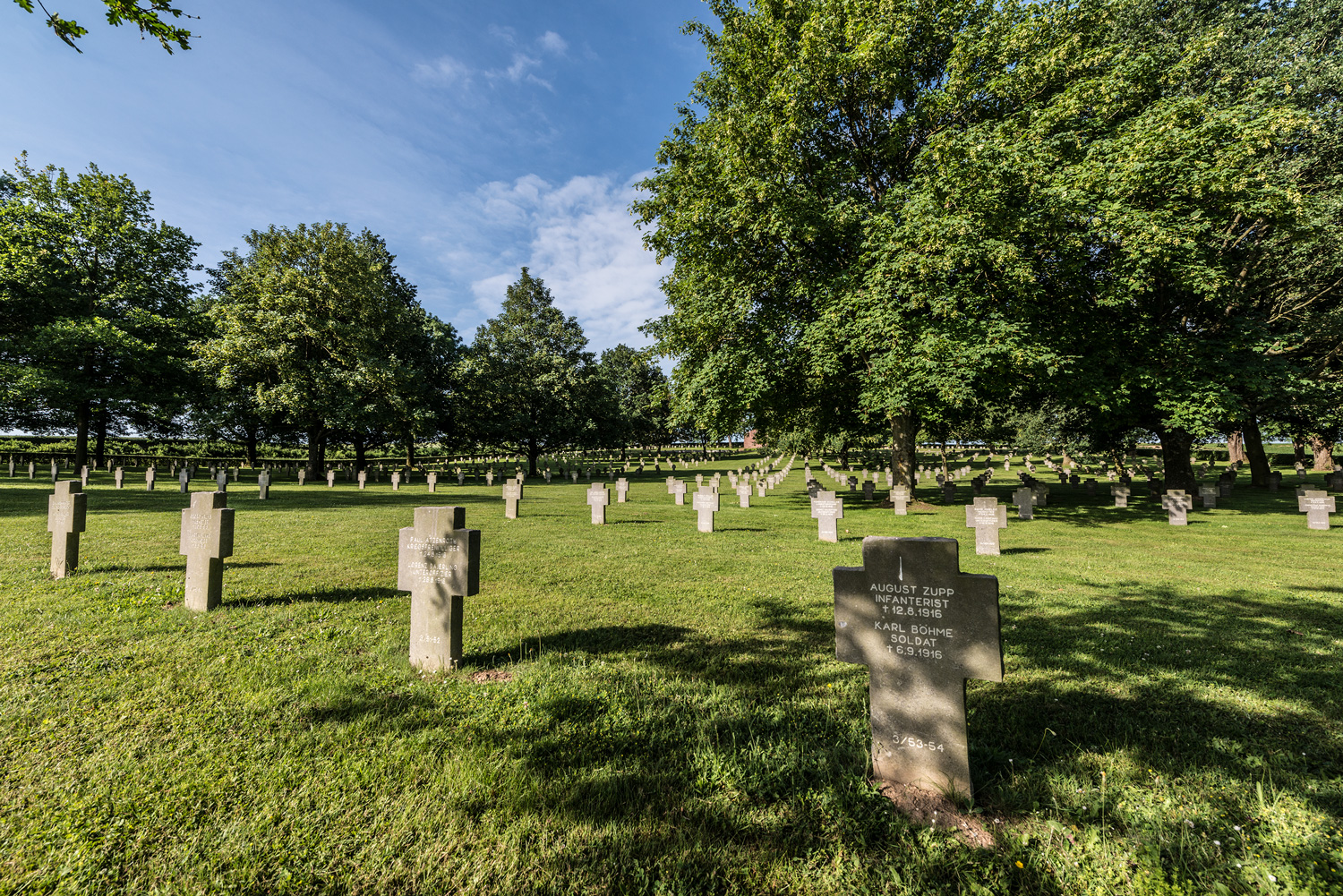
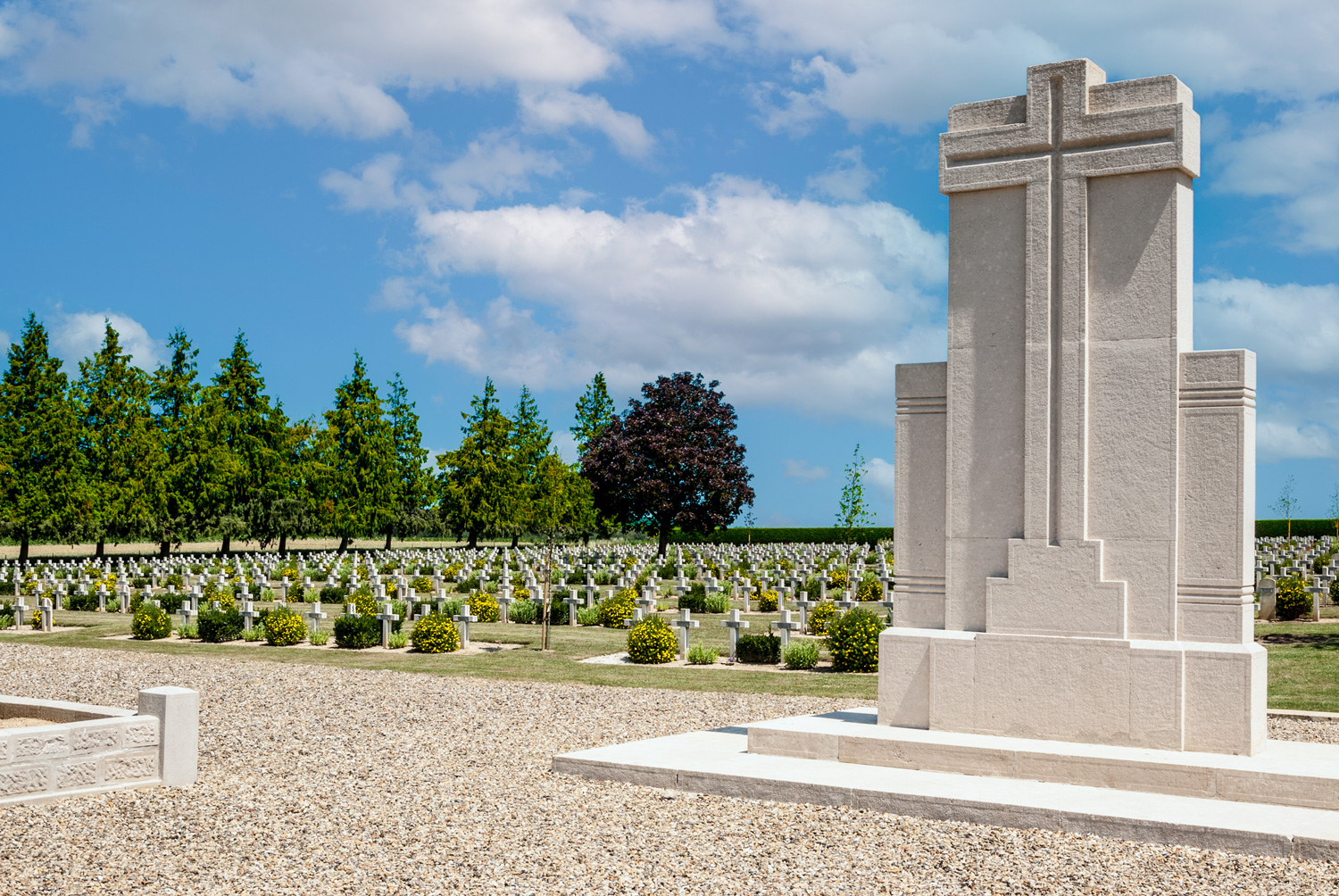
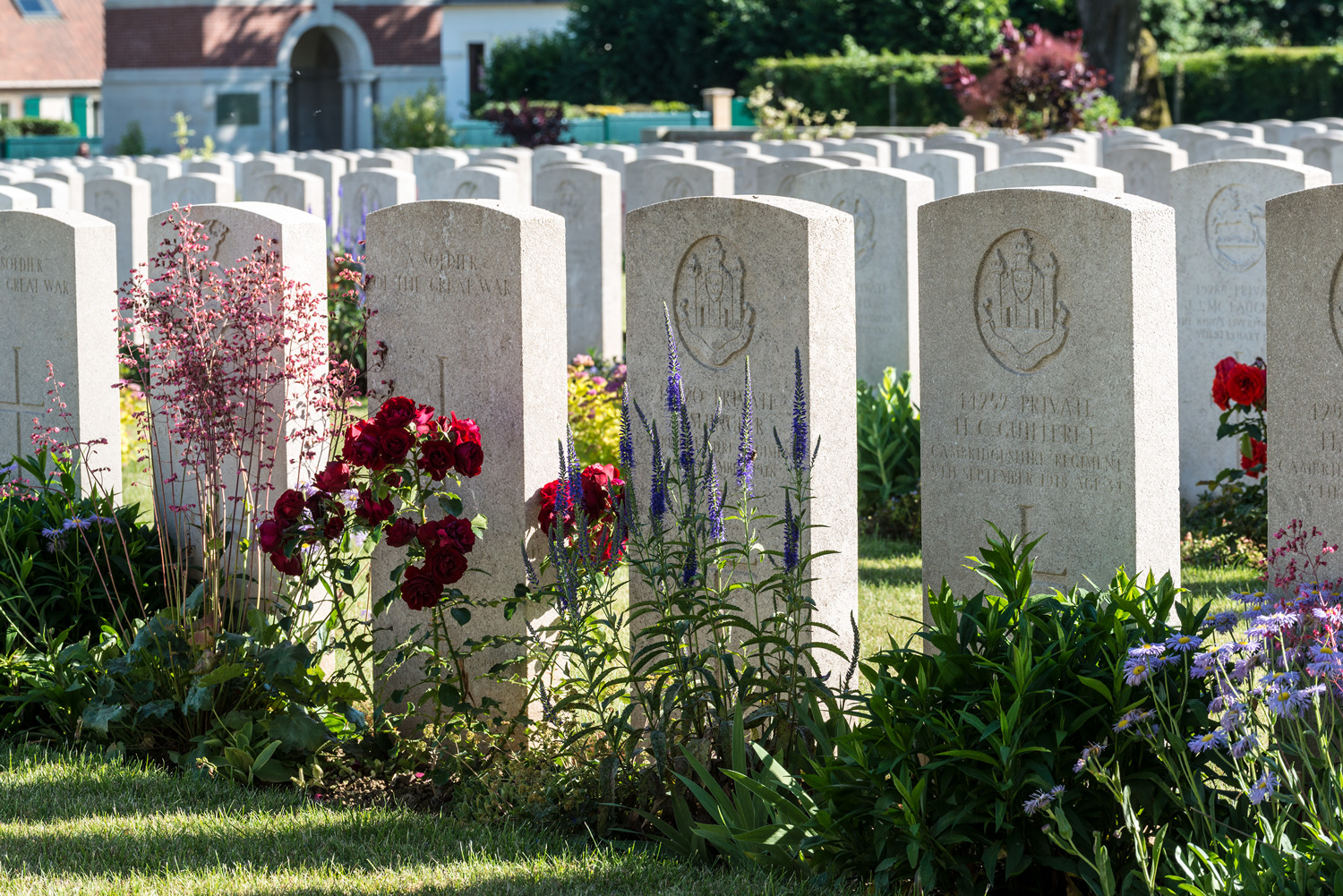
The Somme is dotted with 410 military cemeteries for Commonwealth troops, 22 French cemeteries, 14 German cemeteries and numerous memorials. The region witnessed the emergence of various styles of commemorative architecture, a diversity which reflects the different cultures represented her and their different ways of paying tribute to the deceased.
The remembrance
Tour
The Remembrance Tour honours the memory of one of the most terrible battles of the entire war. The twin museums that form the Historial are devoted to ensuring that the Memory of this tragedy passes into History.
Established by the Somme county council, the Memorial Circuit connects some of the most emblematic sites of the Great War, places of homage, commemoration and pilgrimage.
Brochures available from the Historial centres in Péronne and Thiepval.
Organised tours available for groups – for information and reservations contact: resahgg@historial.org
For more information on the Somme battlefields visit: www.somme14-18.com
The Australian memorial route at
Mont Saint-Quentin
(Péronne, 2 km from the Historial)
